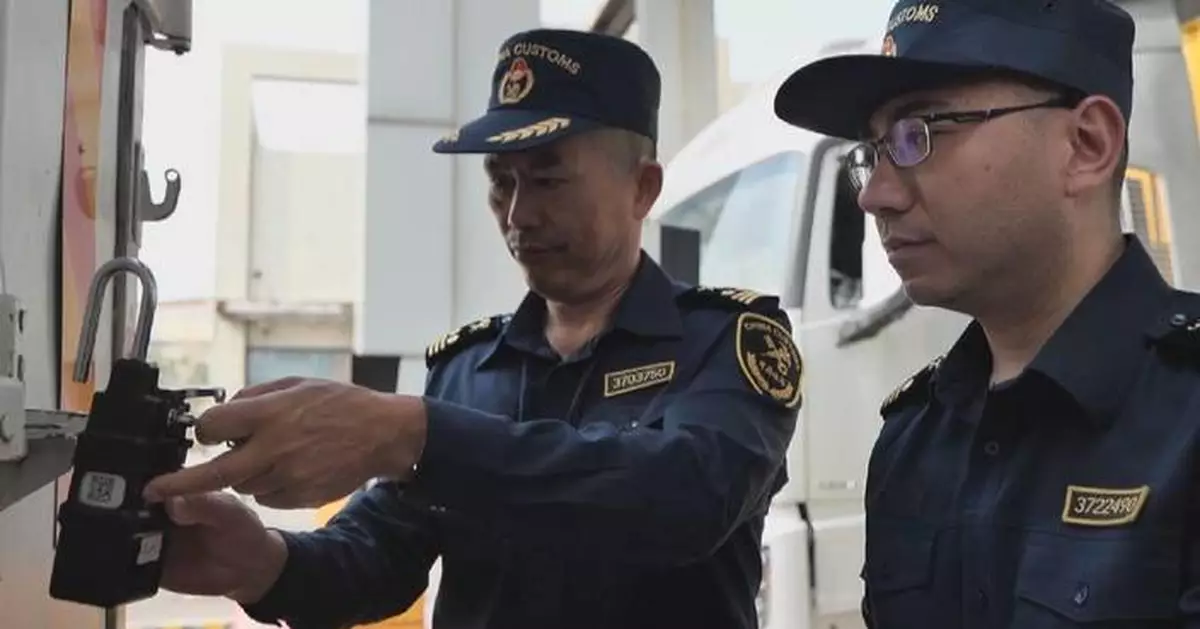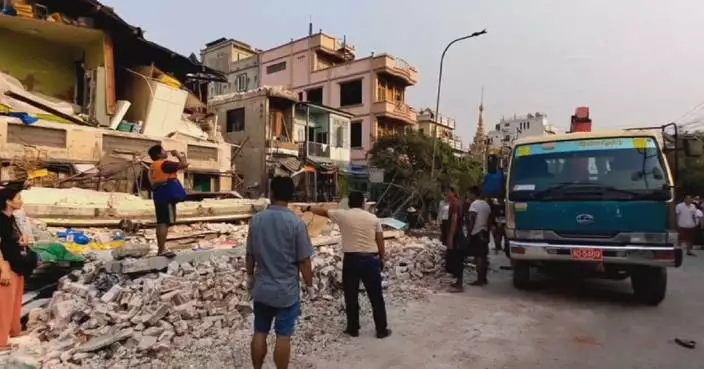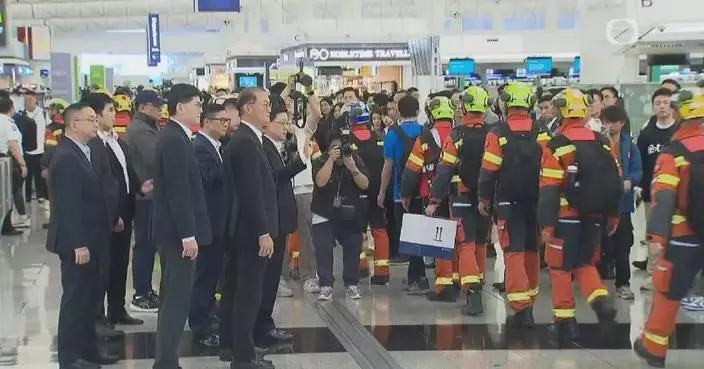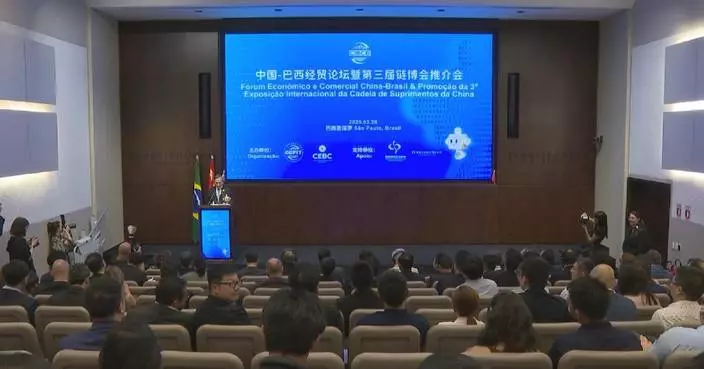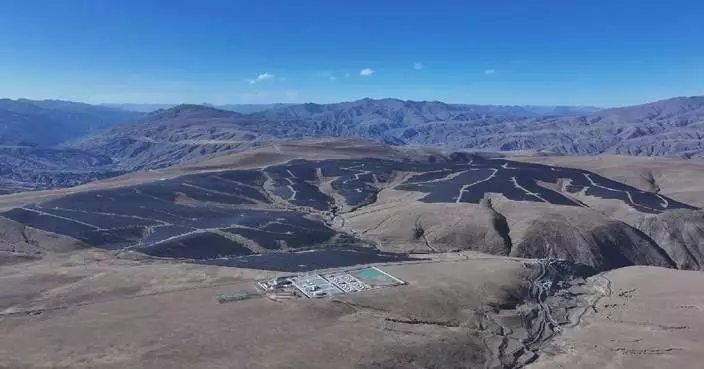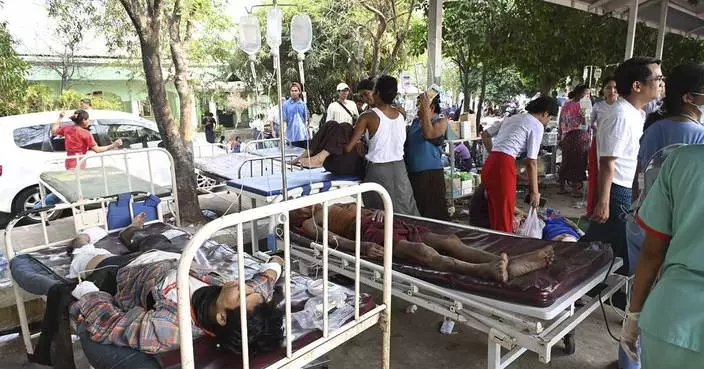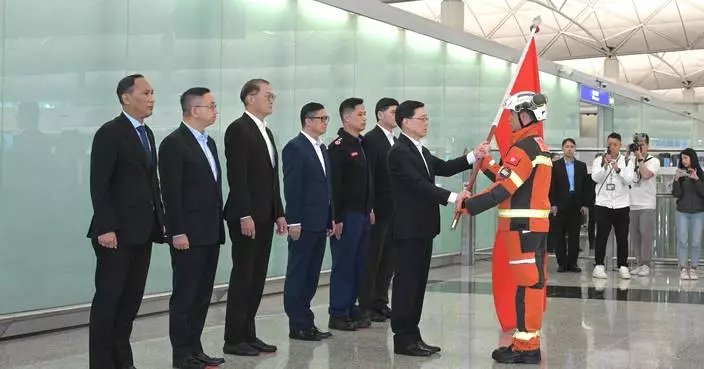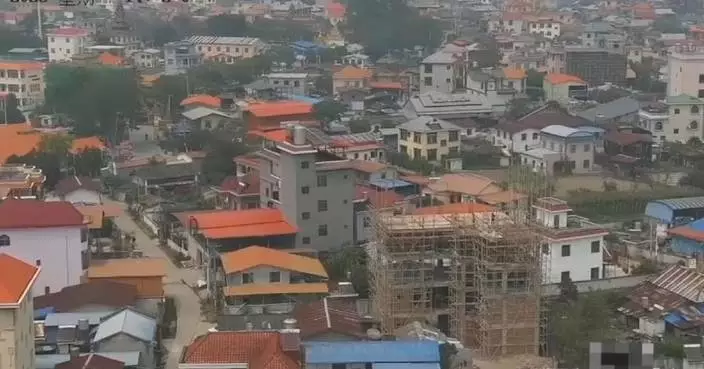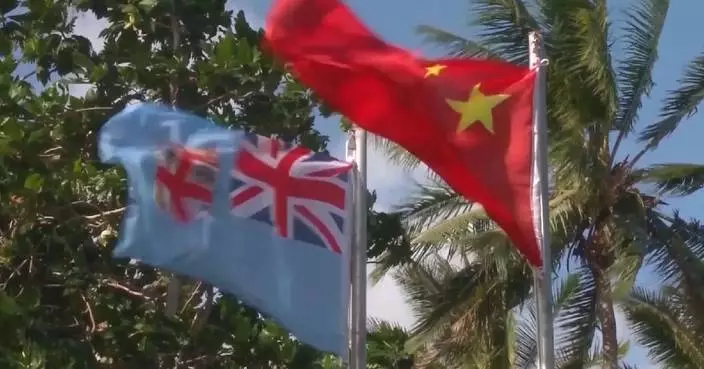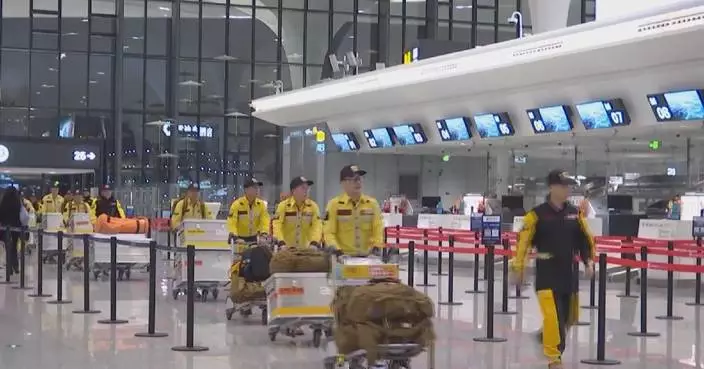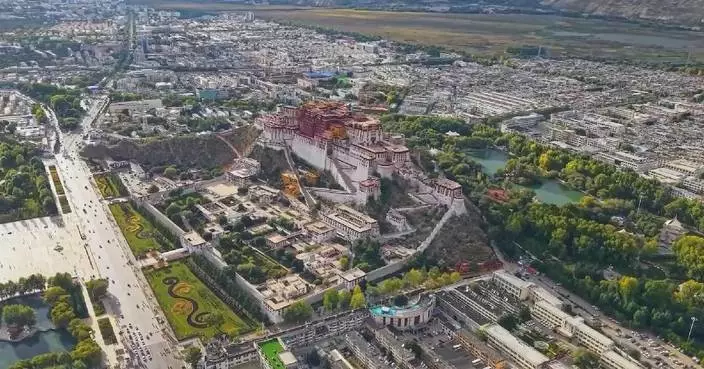Customs authorities in east China's Fujian Province, south China's Guangdong Province, Hong Kong, and Macao introduced a streamlined border clearance initiative on Wednesday, allowing trucks to use the new "one e-seal" to pass smoothly across all borders within the region.
By introducing a customs e-seal recognized by customs authorities in all four regions, companies can ship goods within the region without multiple rounds of loading, unloading and inspections.
A truck loaded with over 2,500 pieces of cosmetic goods, which left from Macao on Wednesday and arrived at Haicang Port customs in Fujian's Xiamen City, became the first beneficiary of the new "one e-seal".
"Our company focuses on cross-border e-commerce. Compared to traditional integrated customs clearance, the 'one e-seal' customs clearance reduces the troubles of loading, unloading, and inspections at customs ports, improving the efficiency of transportation by around 50 percent, which is better suited for the high-speed demands of cross-border e-commerce," said Li Wulong, general manager of Xiamen Lugangtong Supply Chain Cooperation, the company shipping the cosmetics.
With Internet of Things (IoT) appliances like navigation satellite systems and smart lock systems attached to the e-seal, customs authorities in the four regions can monitor the status of goods and transport in real-time, and automatically complete cargo clearance upon arrival at customs, significantly speeding up the process.
"The new initiative allows 'one vehicle to the end' and 'one seal to the end,' customs clearance is automated and expedited, reducing transport time by an average of eight hours. This significantly enhances cross-border efficiency for vehicles, facilitates cross-border trade, and strengthens Fujian's connectivity with the Guangdong-Hong Kong-Macao Greater Bay Area," said Hou Xiaoming from Xiamen Customs.

New customs plan eases crossings between Fujian, Guangdong, Hong Kong, Macao
Rescue efforts in Nay Pyi Taw, Myanmar's capital, progressed slowly without professional rescue teams following a deadly earthquake on Friday, with daily life heavily disrupted and nearly all shops and restaurants in the city center closed, according to a Chinese national who survived the disaster.
In an interview with China Global Television Network (CGTN), Li Bobo, chairman of the Myanmar-China Exchange and Cooperation Association, recalled being in a government building in Nay Pyi Taw for a meeting when the earthquake struck, saying the powerful tremor made it impossible for anyone to remain standing.
"I was attending a meeting inside a government building in Nay Pyi Taw when the earthquake hit. It started with vertical shaking, followed by horizontal movement. People couldn't stay on their feet, and it lasted for about two minutes. The roof collapsed, and all the attendees dropped to the floor, unable to stand," he said.
Li said rescue efforts were progressing slowly in the capital.
"I'm now in Zawtika Market, in the city center of Nay Pyi Taw, the busiest area of the capital. I am just passing by and see a corner of a building that has collapsed. It happened about two hours ago, and so far, the pace of rescue efforts is very slow. There are no professional rescue teams, just a few cranes. Nearly all businesses in the city center, including stores and restaurants, are closed. I went out at noon to get something to eat but couldn't find any open shops. Everyone is busy with their own rescue efforts, and almost every household has suffered some kind of loss," he said.
A total of 1,644 people died, 3,408 were injured, and 139 remained missing in the powerful earthquake in Myanmar, according to the Information Team of the State Administration Council on Saturday night.
The 7.7-magnitude earthquake hit the southeast Asian country on Friday, with Mandalay, Bago, Magway, the northeastern Shan state, Sagaing, and Nay Pyi Taw among the hardest-hit regions.
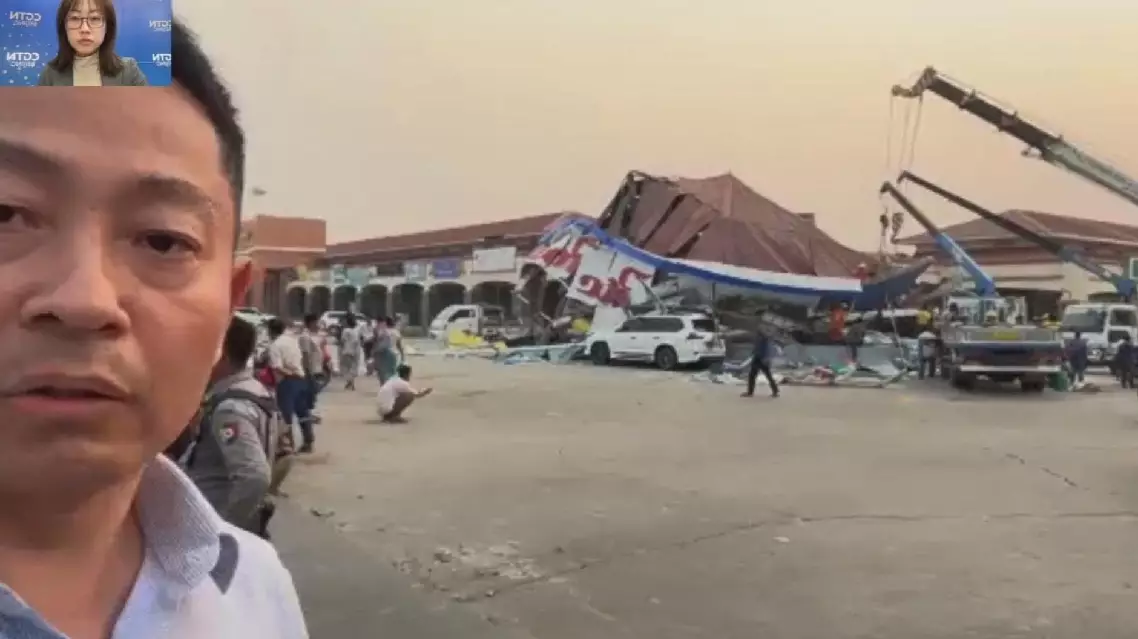
Rescue work progresses slowly in Myanmar capital after earthquake: survivor



